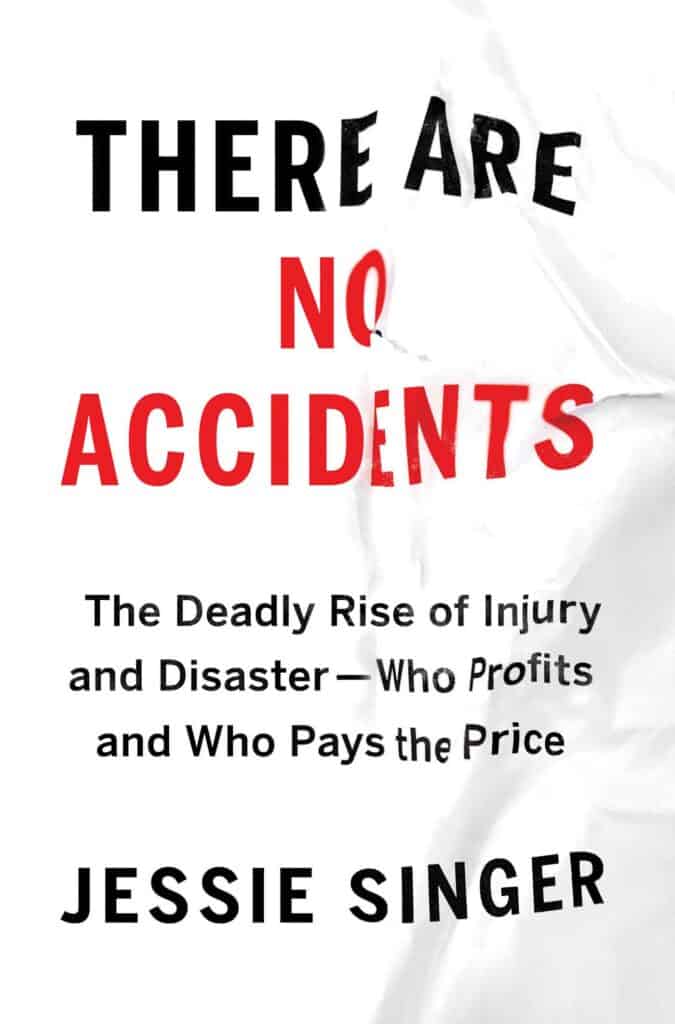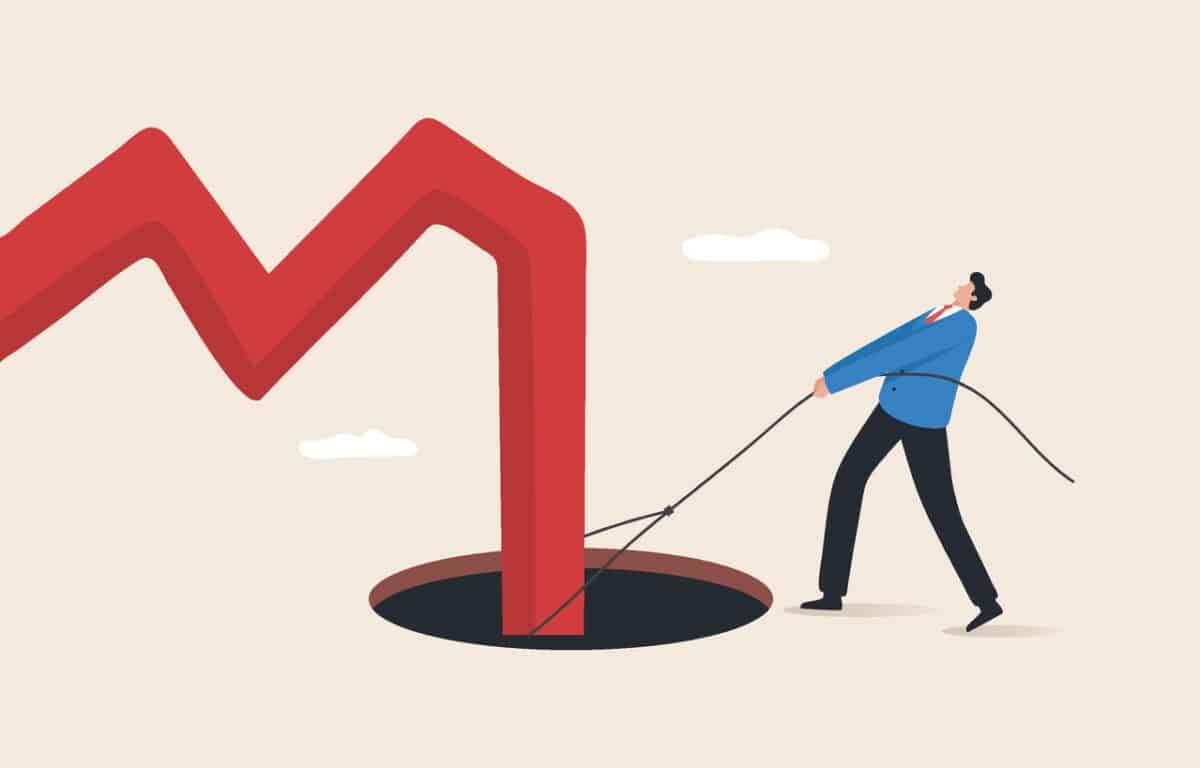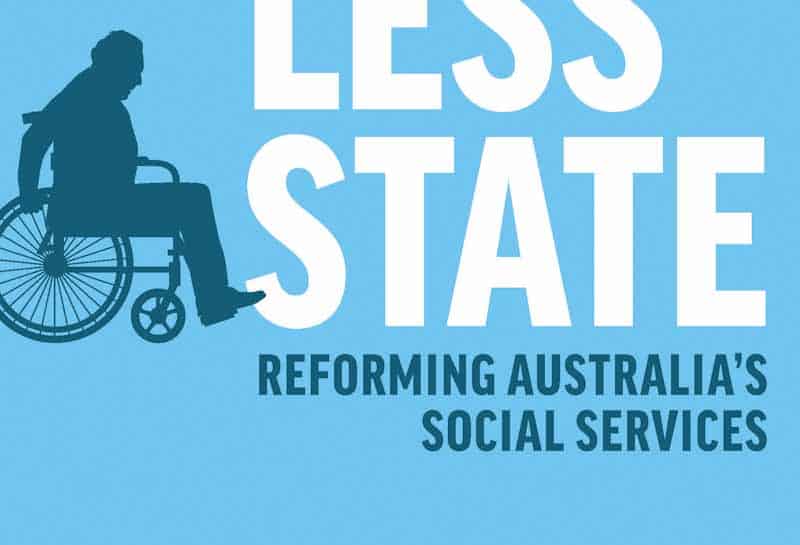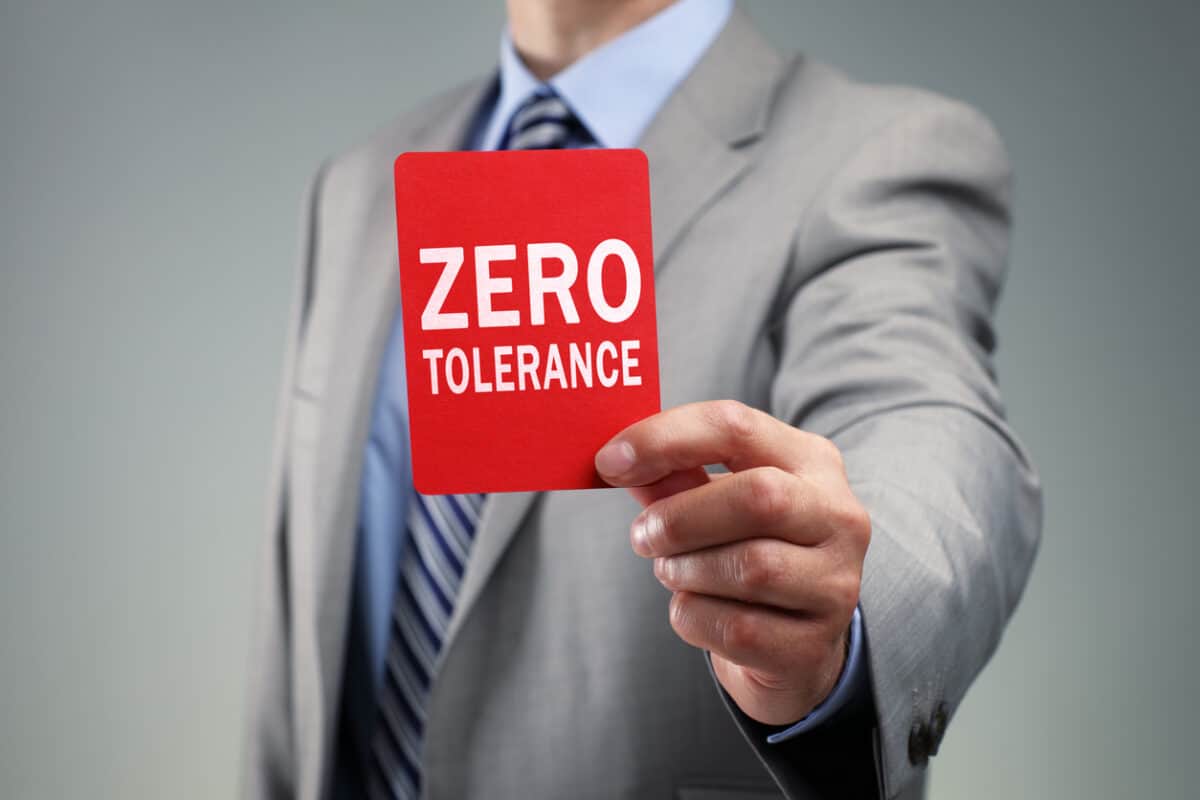Shortly after Christmas 2022, the Australian Associated Press (AAP) released an article about the financial status of the Victorian Workcover Authority. The article was about a 2020 review of the financial sustainability of the workers’ compensation scheme by insurance and actuarial firm, Finity. This was built upon in a couple of mainstream newspapers.
Worker’s compensation explained in new social welfare book
Occupational health and safety (OHS) is an integral element of social welfare, even though the practitioners of the discipline self-silo. A new Australian book about Australia’s social services uses workers’ compensation and OHS as a case study for a change.
“The Careless State – Reforming Australia’s Social Services” by Mark Considine illustrates the Venn Diagram overlap of public health services, the National Disability Insurance Scheme (NDIS), aged care services, workplace safety and compensation and more. The book is very timely, as many of the social services essential for social harmony and justice have been neglected over the last decade under various State and Federal conservative governments.
Notable books on safety and work
This end-of-year list is more complex than one of unread books because of the qualitative elements. In writing this article, off-the-cuff, I thought of the three or four books that I could readily remember reading in 2022; those that stuck in my mind for several reasons.

The book that most readily comes to mind from 2022 is the Jessie Singer book “There are no Accidents“. Singer makes the same point as many occupational health and safety (OHS) people have – accidents are not an “act of God”. There is always a cause IF we choose to look. There is always a social, corporate, economic of ethical environment that either encourages or fails to discourage decisions that can lead to harm.
Continue reading “Notable books on safety and work”Unread books on safety and work
I always separate the books I have yet to read from those I have read, or else I lose track and can miss important books. Below is a list of those books in the hope that subscribers could tell me which they found to be useful and important if they have read any of them.
I have provided links to the books, usually publishers’ pages or reviews if you are interested, and check for special offers. Not all the books are new but new to me.

Addendum: Chris Smith and the prevention of harm
The earlier Chris Smith article mentioned the earlier incidents that, given his recidivism, the control measures implemented failed or were inadequate. If these incidents had involved occupational health and safety (OHS) concepts and investigations, the latest incident may never have occurred.
OHS is big on investigations and contributory factors but usually after an incident. OHS tends to identify faults and failures after the event. However, this has become the norm because OHS and employers are less able or interested in investigating incidents with lesser consequences or what OHS call Near Misses. Chris Smith had no near misses, each of the earlier “misbehaviours’ were incidents that seem not to have been investigated to the standard or depth intended in OHS.
Happy Holidays and Thanks
It’s the end of 2022 and a busy year for the SafetyAtWorkBlog. As of the time of writing, there have been 192 articles this year, totalling 191,000 words ($1.40 per article for annual subscribers). 56,000 views, over 270 corporate and individual subscribers, and over 4,000 followers on Twitter and LinkedIn is a pretty good online profile for an activity produced in my “spare time”.
I hope you, my subscribers, have been informed and challenged by my contributions to the occupational health and safety state of knowledge. After a Christmas break, the SafetyAtWorkBlog will be back from mid-January 2023
How could OHS have helped manage Chris Smith?
SkyNews and radio host, Chris Smith, has been dismissed due to inappropriate behaviour at a company Christmas party. This type of behaviour has been on the occupational health and safety (OHS) and Industrial Relations radar for a long, long time. Recently the psychological impacts of this type of behaviour have come to the fore, placing the issue clearly in the OHS realm.
It is useful to look at the Chris Smith saga through the “new” OHS perspective.





